Potential differences across the terminals of a cell were measured (in volt) against different currents (in ampere) flowing through the cell. A graph was drawn which was a straight line ABC as shown in figure
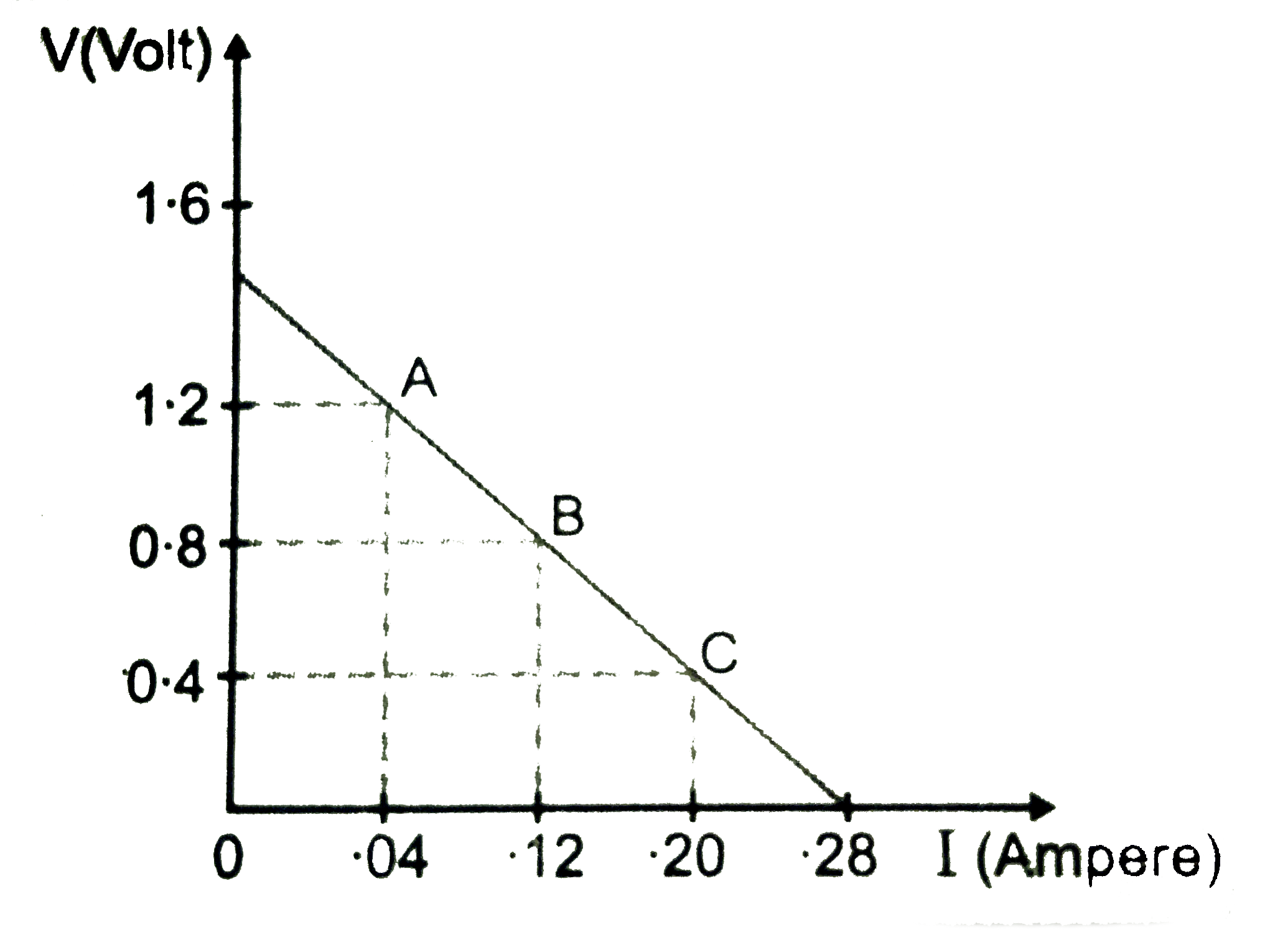
Determine from graph (i) emf of the cell (ii) maximum current obtained from the cell and (iii) internal resistance of the cell.
(i) EMF of the cell is equal to maximum potential difference across the two electrodes of cell corresponding to zero current. Thus emf of the cell, ε=1.4V.
(ii) Max. current is drawn from the cell when the terminal pot. Diff. is zero. Therefore
Imax=0.28A
(iii) Internal resistance,
r=εImax=1.4V0.28A=5Ω
Topper's Solved these Questions
- CURRENT ELECTRICITYBook:PRADEEPChapter:CURRENT ELECTRICITYExercise:Conceptual Problems
Explore 3 Videos
- CURRENT ELECTRICITYBook:PRADEEPChapter:CURRENT ELECTRICITYExercise:Very short Q/A
Explore 7 Videos
- COMMUNICATION SYSTEMSBook:PRADEEPChapter:COMMUNICATION SYSTEMSExercise:MODEL TEST PAPER-2
Explore 9 Videos
- DUAL NATURE OF RADIATION AND MATTERBook:PRADEEPChapter:DUAL NATURE OF RADIATION AND MATTERExercise:Exercise
Explore 191 Videos
Similar Questions
Potentail difference across the terminals of a cell was measured (in volts) against different current (in ampere) flowing through the cell. A graph was drawn, which was a straight line ABC. Using the data given in the graph determine
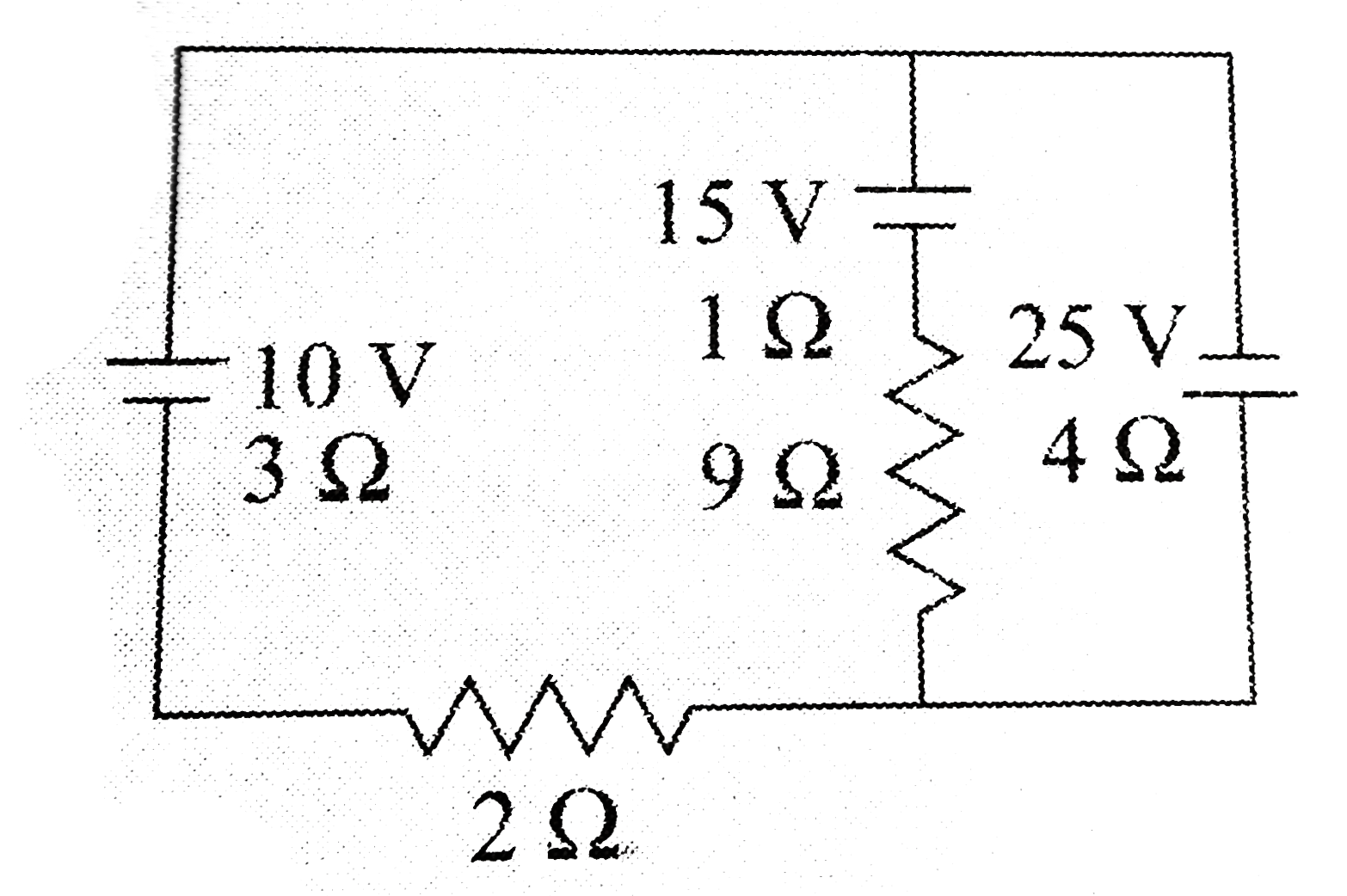
a. the emf, and
b. the internal resistance of the cell.
View SolutionPotential difference across the terminals of a cell is always less than its emf.
View Solution
Knowledge Check
As the current drawn from the cell increases, terminal potential difference of a cell is
AconstantBdecreasesCincreasesDnone of these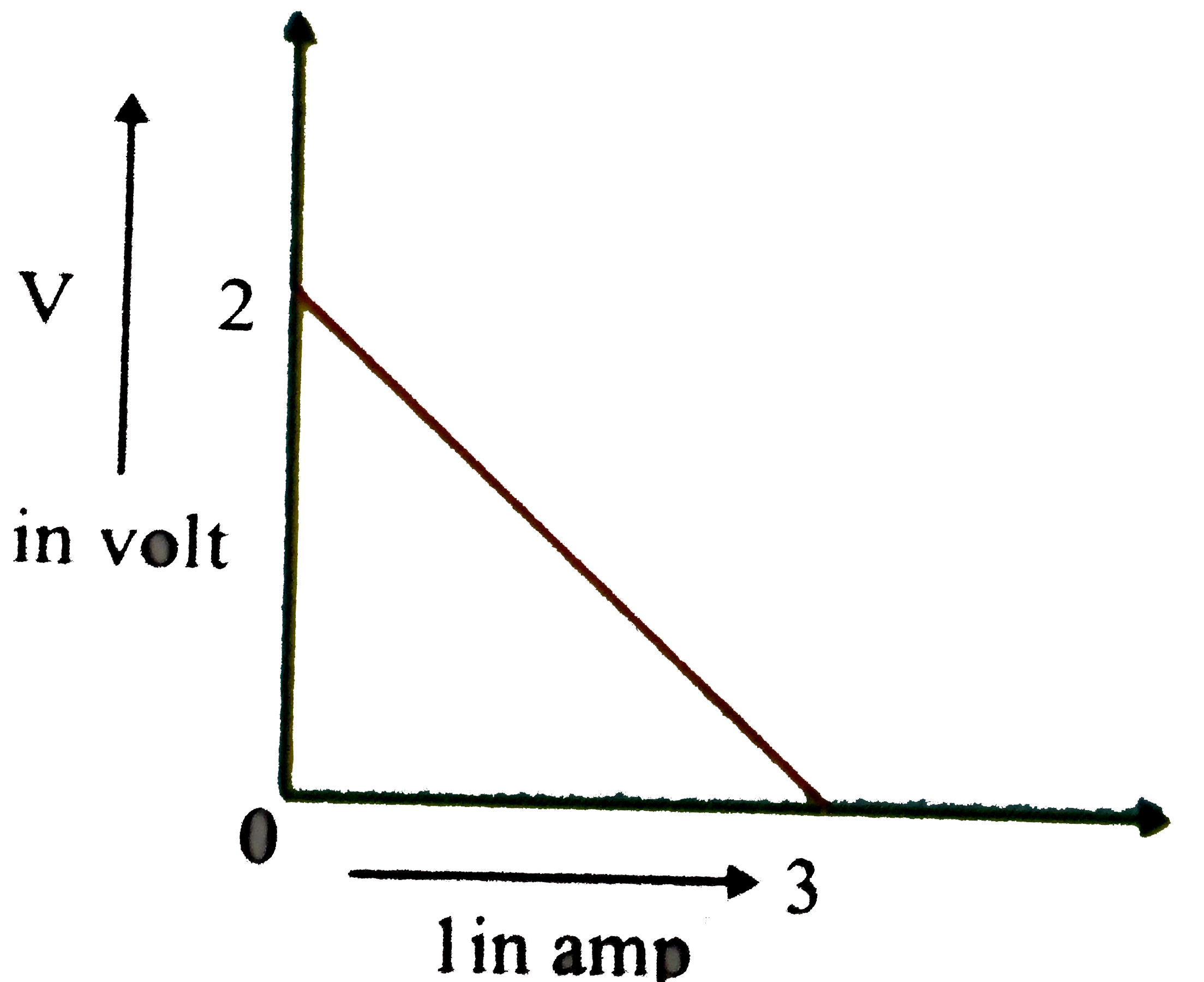
For a cell the graph between the p.d. (v) across the terminals of the cells and the current (I) drawn from the cell as shown. The emf and internal resistance isA32ΩB13ΩC3ΩD23ΩFor a cell, the graph between the potential difference (V) across the terminals of the cells and the current I drawn from the cell is as shown in figure. Calculate the e.m.f. and the internal resistance of the cell.
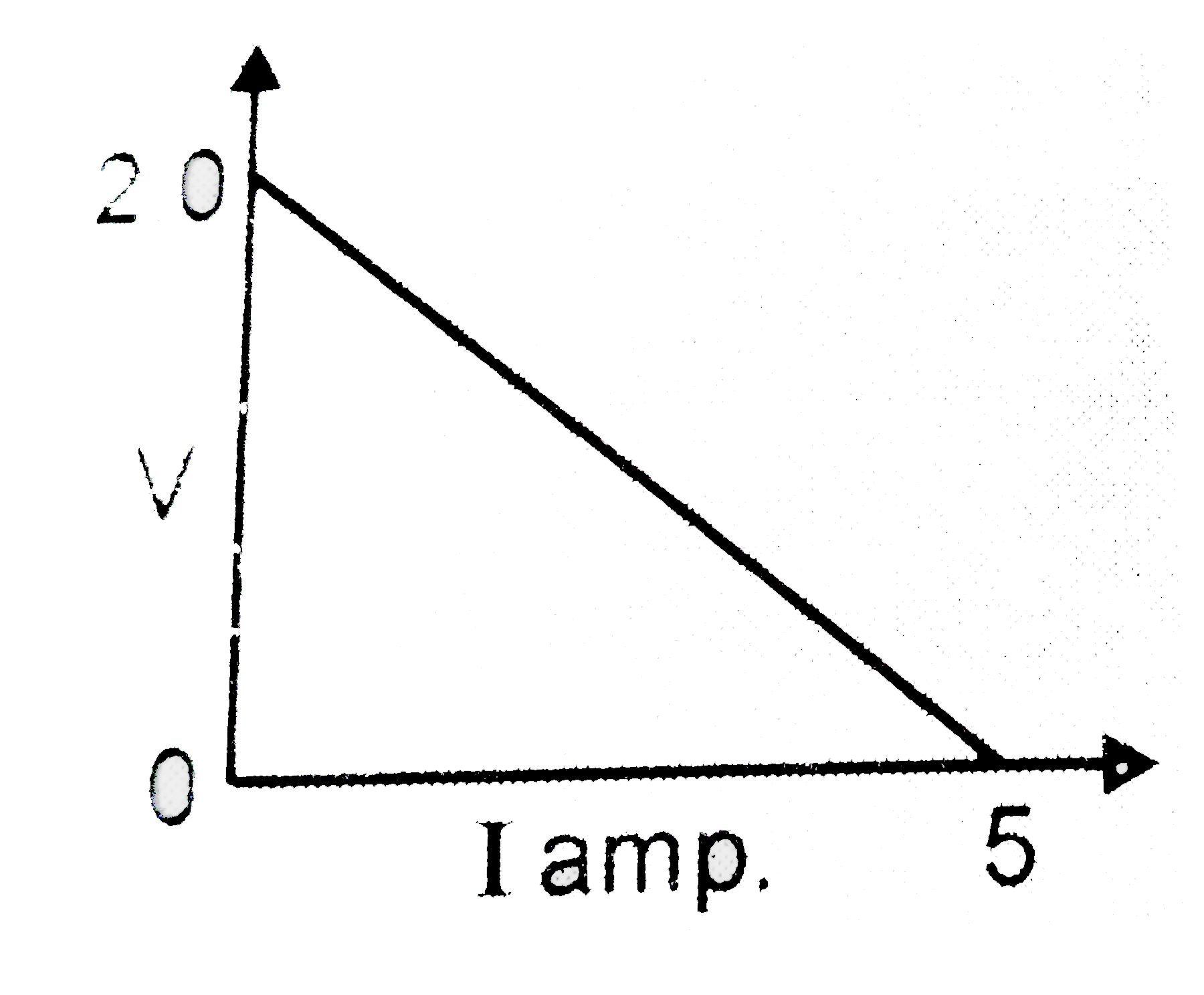 A4F3KB3F4KC4FKD2FK
A4F3KB3F4KC4FKD2FK
The potential difference across the terminals of a cell is 1.5 volt.It is connected with a resistance of 30ohms. Calculate the current flowing through the circuit.
View SolutionIf the potential difference across the ends of a conductor is i volt and the current flowing through the conductor is 1 ampere,the resistance of the conductor?
View SolutionThe figure shows a plot of terminal voltage 'V' verus the current 'I' of a given cell. Calculate from the graph (a) emf of the cell and (b) internal resistance of the cell.
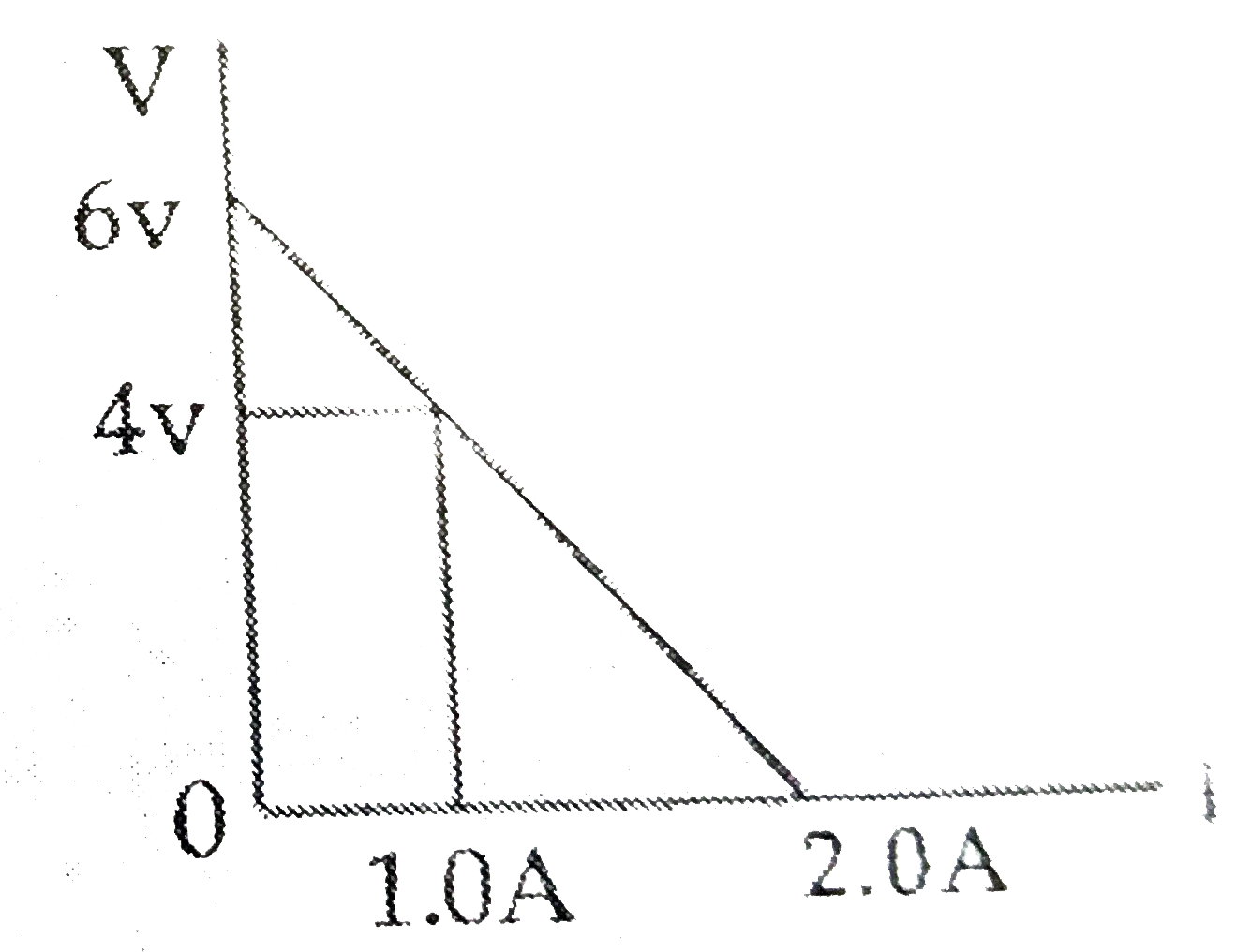
View SolutionWhat is the relationship between potential difference across the terminals of a cell and emf of the cell ?
View SolutionA straight line plot showing the terminal potential difference (V) of a cell as a function of current (1) drawn from it, is shown in the figure. The internal resistance of the cell would be then:
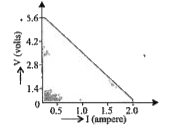
View Solution

